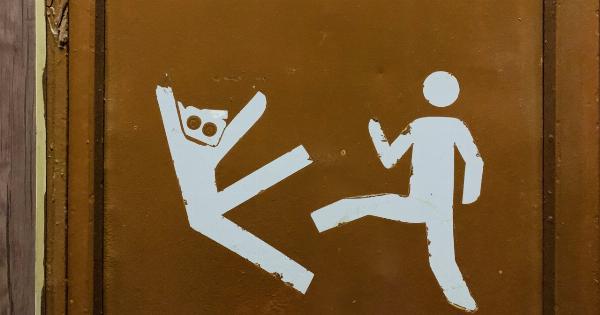As we journey through life, certain changes become evident, and one of the most inevitable processes is getting older.
Aging is a natural phenomenon that affects us all, and it comes with various tell-tale signs that indicate our progression into the next phase of life. While aging is often associated with wisdom and experience, there are specific signs that become increasingly apparent as we grow older.
In this article, we will explore seven tell-tale signs of getting older, shedding light on the physical, mental, and emotional changes that accompany the passage of time.
1. Gray Hair
One of the most widely recognized signs of getting older is the graying of hair. As we age, the production of melanin, the pigment responsible for hair color, decreases. Consequently, the hair loses its natural color and turns gray or white.
While some people embrace their grays, others prefer to cover them up with hair dye. Regardless of personal preferences, gray hair is a universal indication of aging.
2. Wrinkles and Fine Lines
Wrinkles and fine lines are another unmistakable sign of aging. As we grow older, the production of collagen and elastin decreases, leading to a loss of skin elasticity and the formation of wrinkles.
Factors such as sun exposure, smoking, and genetics can accelerate this process. Wrinkles typically appear around the eyes, mouth, and forehead, serving as a visible reminder of the passing years.
3. Decreased Energy Levels
As we age, it is not uncommon to experience a decline in energy levels. The body’s metabolism slows down, and various physiological changes occur, resulting in reduced stamina and fatigue.
It may take longer to recover from physical exertion, and activities that were once effortless may become more challenging. While maintaining a healthy lifestyle can mitigate these effects to some extent, decreased energy levels are a clear sign of aging.
4. Memory Loss and Cognitive Decline
Memory loss and cognitive decline are often associated with aging. As we grow older, it is natural to experience occasional forgetfulness or difficulty concentrating.
However, severe memory loss, confusion, and cognitive impairment may indicate underlying conditions such as dementia or Alzheimer’s disease. While memory loss is not an inevitable consequence of aging, it remains a significant sign of getting older.
5. Joint Stiffness and Aches
As the years go by, it is common to experience joint stiffness and aches, particularly in weight-bearing joints such as the knees and hips. The cartilage that cushions the joints tends to wear down, leading to conditions like osteoarthritis.
Additionally, the lubricating fluid in the joints may decrease, causing discomfort and reduced mobility. Joint stiffness and aches are prevalent signs of aging that can impact daily activities and overall quality of life.
6. Changes in Sleep Patterns
Another tell-tale sign of getting older is changes in sleep patterns. As we age, it is not uncommon to experience difficulties falling asleep or staying asleep throughout the night.
Older adults tend to have more fragmented sleep, waking up multiple times during the night. Such changes can lead to daytime sleepiness, irritability, and a general decline in sleep quality. Alterations in sleep patterns are a significant indicator of the aging process.
7. Increased Emotional Well-being
While aging comes with its fair share of challenges, it is worth mentioning that emotional well-being often improves with age.
As we grow older, we tend to develop better coping mechanisms, a greater sense of self-acceptance, and a more positive outlook on life. Research suggests that older adults experience higher levels of emotional stability and satisfaction compared to their younger counterparts. Increased emotional well-being can be considered a positive side effect of getting older.
Conclusion
In conclusion, getting older is an inevitable part of life, and it comes with various tell-tale signs that manifest in different aspects of our being.
From the external changes of gray hair and wrinkles to internal transitions such as decreased energy levels and changes in sleep patterns, each sign serves as a reminder of the passage of time. While these signs may be viewed negatively by some, it is essential to embrace the aging process and focus on the positive aspects that come with it.
By maintaining a healthy lifestyle, seeking medical advice when needed, and nurturing emotional well-being, we can navigate the journey of aging with grace and dignity.




























